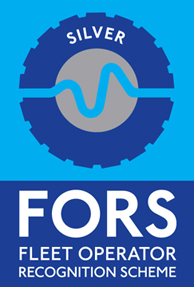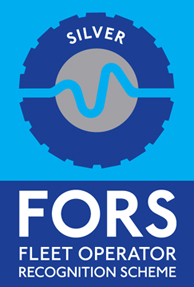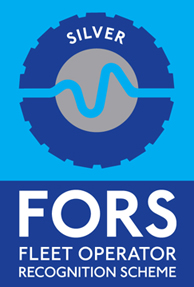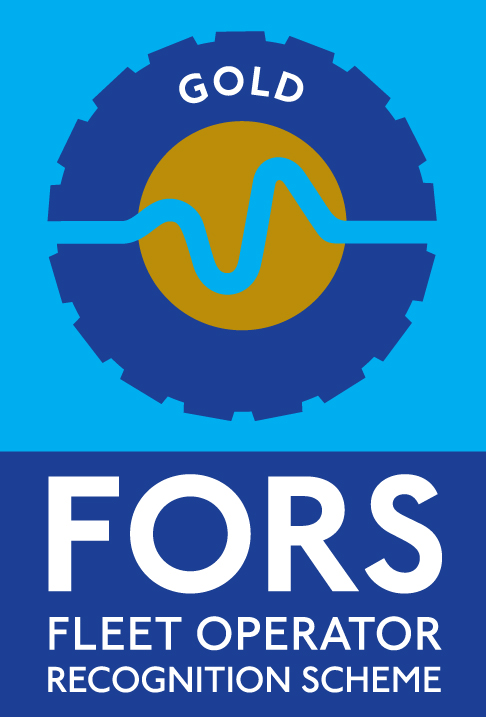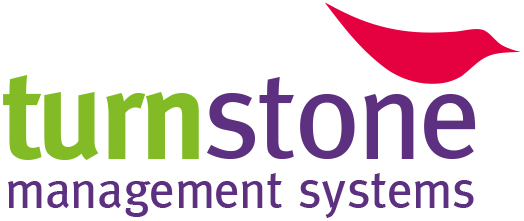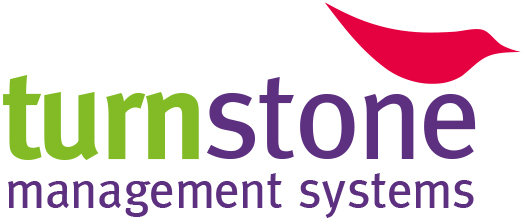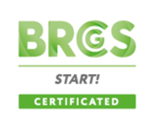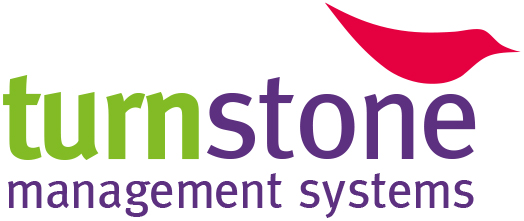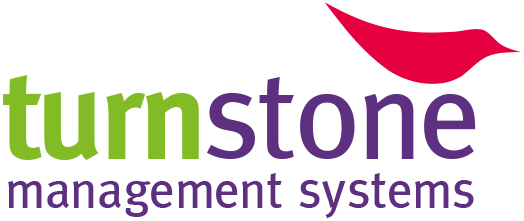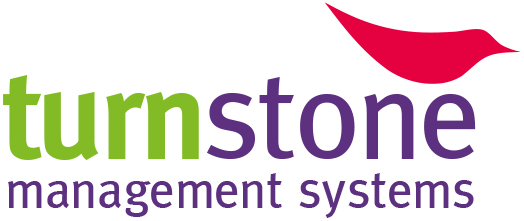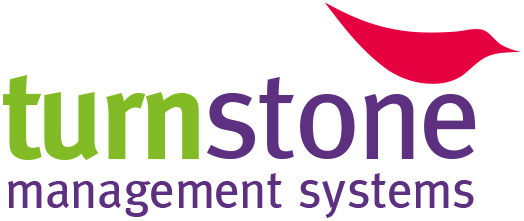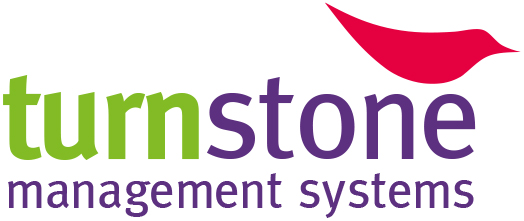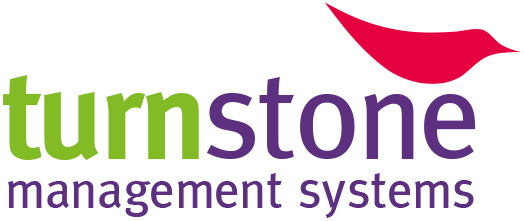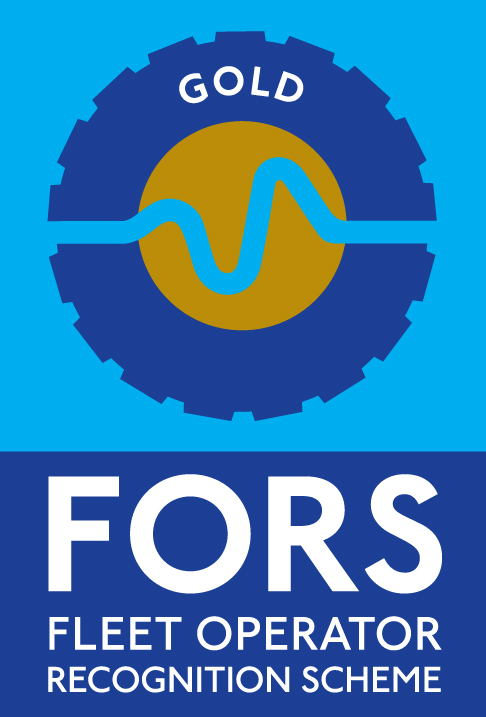Title Page
-
Site conducted
-
Conducted on
-
Prepared by
-
Location
FORS Individual Silver Accreditation Audit
4 Silver and Gold accreditation
4.1 Silver progression
S1 FORS Bronze Requirement - To maintain the requirements of the FORS Bronze accreditation awarded. Purpose - To ensure that minimum operating standards are maintained and FORS obligations are upheld.
-
S1 FORS operators applying for initial FORS Silver accreditation shall:<br>• Be FORS Bronze accredited with at least 45 calendar days before its expiry date.
-
S1 FORS operators applying for re-approval of FORS Silver accreditation shall:<br>• Be FORS Bronze accredited with at least 45 calendar days before its expiry date<br>• Be FORS Silver accredited with at least 45 calendar days before its expiry date.
S2 Performance data Requirement - To actively monitor and manage operational performance. Purpose - To improve operational performance, reduce costs and minimise impact on the environment.
-
S2 FORS operators shall complete the FORS progression data report for all vehicles in scope of FORS accreditation that includes the following operational performance indicators:<br>• Total distance travelled and fuel used by vehicle type<br>• Total road traffic collision and incident data by vehicle type<br>• Total Reporting of Injuries, Diseases and Dangerous Occurrences Regulations (RIDDOR) reportable incident data<br>• Total transport related fines and penalty charges.
-
S2 Fuel usage and distance travelled shall be used to calculate and report CO2, NOX and Particulate Matter emissions.
-
S2 On initial FORS Silver accreditation, the FORS progression data report shall cover a minimum of a three month baseline period prior to the date of submission.
-
S2 At FORS Silver re-approval, the FORS progression data report shall cover the 12 months prior to the date of submission.
-
S2 An operational performance action plan shall be documented that includes:<br>• Performance indicators and the operational targets to be achieved<br>• Activities required to achieve or maintain operational targets<br>• Methods of data capture and active monitoring.
-
S2 Data capture and monitoring tools should include:<br>• Fleet management system<br>• Vehicle telematics<br>• Insurance reports<br>• Fuel card reports<br>• Penalty Charge Notice (PCN) management.
-
S2 FORS operators accredited under multi-operating centre accreditation (MOCA) may elect to progress to Silver at individual operating centres. In this case, performance data for the relevant operating centres shall be provided.
-
S2 The FORS progression data report available on FORS online shall be used to submit the required performance indicators.
-
S2 Road traffic collision and incident data should be entered into the FORS Collision Manager tool.
NOTE: The FORS progression data report and operational performance action plan shall be:
-
• Retained in accordance with requirement M2
-
• Communicated in accordance with requirement M5
S3 Fuel, emissions and air quality Requirement - To commit to reducing fuel consumption and vehicle emissions. Purpose - To improve operational performance and minimise negative impacts on the environment.
-
S3 FORS operators shall have a policy and supporting procedures in place that commit to reducing fuel consumption and minimising environmental impact.
-
S3 The commitment to reducing fuel consumption and minimising environmental impact shall be a development on the FORS Bronze requirement O2 and include:<br>• Evidence of the Fuel and Emissions Champion’s competence<br>• Details of fleet performance management that enables effective and efficient analysis<br>• The fuel efficiency and emissions reduction initiatives that are in place or are included in the operational performance action plan.
NOTE: The policy, procedures and records relevant to fuel and emissions shall be:
-
• Documented and reviewed in accordance with requirement M1
-
• Retained in accordance with requirement M2
-
• Communicated in accordance with requirement M5
-
• Consistent with the FORS Professional Development requirements at Annexes 1 and 2
-
• Performance managed in accordance with requirement S2
S4 Road risk Requirement - To investigate and analyse road traffic collisions, incidents and near-misses. Purpose - To determine any trends in road traffic collisions, incidents and near-misses to prevent recurrence and minimise road risk.
-
S4 FORS operators shall have a policy and supporting procedures in place that commit to managing work-related road risk.
-
S4 The commitment to managing work-related road risk shall be a development on the FORS Bronze requirement O3 and include:<br>• Evidence of the Road Risk Champion’s competence<br>• Details of road risk data management to enable effective and efficient analysis<br>• The road risk initiatives, campaigns and training that are in place or are included in the operational performance action plan<br>• Evidence of a review with the insurance provider within the previous 12 months to assess the road risk profile and claims handling.
-
S4 The review with the insurance provider may be evidenced through a diary or calendar entry, email confirmation or a dated insurance report.
NOTE: The policy, procedures and records relevant to road risk shall be:
-
• Documented and reviewed in accordance with requirement M1
-
• Retained in accordance with requirement M2
-
• Communicated in accordance with requirement M5
-
• Consistent with the FORS Professional Development requirements at Annexes 1 and 2
-
• Performance managed in accordance with requirement S2
S5 Professional development Requirement - To professionally develop drivers and other staff involved in the fleet operation, through progressive FORS Professional Development. Purpose - To ensure all staff maintain the knowledge, skills and attitude to conduct their duties safely, professionally and with consideration to the environment.
-
S5 The mandatory FORS Professional Development requirements shall be completed as set out at Annex 1 (for drivers) and Annex 2 (for managers). This means the requirements at both Bronze and Silver apply.
-
S5 FORS operators shall maintain and implement PDPs that identify and document progressive FORS Professional Development relevant to the specific roles and responsibilities of drivers, the responsible person and all other staff involved in the fleet operation.
-
S5 The amount of Driver Certificate of Professional Competence (CPC) training to be completed by drivers every five years should be seen by responsible persons and other staff involved in the fleet operation as a guide for their own professional development.
-
S5 To introduce new talent into the profession, fleet operations should make an effort to include driver licence acquisition training, according to their means, within their FORS Professional Development.
-
S5 To allow for ongoing driver turnover and recruitment, a 10 per cent tolerance in the number of drivers that have undertaken FORS Professional Development may be accepted. This tolerance shall be fully justified at audit.
NOTE: FORS Professional Development shall be:
-
• Documented and reviewed in accordance with requirement M1
-
• Retained in accordance with requirement M2
-
• Communicated in accordance with requirement M5
-
• Developed in accordance with the FORS Professional Development requirements at Annex 1 (for drivers) and Annex 2 (for managers)
-
• Evidenced using the FORS Professional training register
S6 Vehicle safety equipment Requirement - To ensure HGVs have enhanced safety equipment fitted to help protect vulnerable road users. Purpose - To minimise the probability and severity of collisions involving vulnerable road users.
-
S6 FORS operators shall ensure that all HGVs are fitted with enhanced safety equipment designed to reduce the risk of close-proximity collisions involving vulnerable road users.
-
S6 Vulnerable road user safety equipment shall include:<br>• Blind spot vision aids that provide the driver with a full view of the near-side vehicle blind spot<br>• An audible warning system that alerts other road users of left-turn and reversing manoeuvres.
-
S6 Evidence that HGVs are fitted with enhanced vulnerable road user safety equipment shall be provided using the FORS Vehicle safety equipment report, supported by:<br>• Permit scheme records or register<br>• A selection of photographs of safety equipment fitted<br>• Invoices from safety equipment suppliers.
-
S6 Regional or city vehicle permits relating to safety requirements may also be included as evidence, where applicable, so long as they meet or exceed the FORS Standard.
-
S6 Blind spot vision aids shall include:<br>• A camera system that monitors the near-side vehicle blind spot<br>• An in-cab display screen to provide the driver with a view of the near-side blind spot<br>• An in-cab audible warning system to alert the driver of other road users in the near-side blind spot.
-
S6 Where the driver has full view of the nearside blind spot area by direct vision, such as a left-hand drive vehicle, the camera system and in-cab display screen is not required.
-
S6 Rigid goods vehicles over 7.5 tonnes gross vehicle weight shall be fitted with a camera system that monitors the rear vehicle blind spot.
-
S6 Camera systems should also:<br>• Monitor front and off-side blind spots<br>• Be able to digitally record incidents and assist in driver training and development.
-
S6 To allow for older vehicles in the fleet replacement cycle, a tolerance in the number of vehicles fitted with camera systems may be accepted for vehicles registered before 1 January 2015 where there is not a contractual or permit requirement. This tolerance shall be<br>fully justified at audit. If this tolerance is permitted, older vehicles not fitted with camera systems shall be fitted with an alternative blind spot vision aid such as a Fresnel Lens.
-
S6 An audible system that warns other road users of a left-turn and reversing vehicle manoeuvre shall be fitted. The audible system:<br>• Shall activate when the left-turn indicator is engaged<br>• Should be fitted with a manual switch to mute the sound when required, such as operating between 23:30 and 07:00 in urban areas<br>• May be supplemented with a visual warning to vulnerable road users.
-
S6 Vehicles operating in countries that drive on the right-hand side of the road should be fitted with an audible system that warns other road users of a right-turn vehicle manoeuvre.
NOTE: Vehicle equipment relevant to vulnerable road user safety shall be:
-
• Communicated in accordance with requirement M5
-
• Included in daily walkaround checks in accordance with requirement V2
-
• Included in Professional Development Plans in accordance with requirement D4
S7 Noise pollution Requirement - To conduct and comply with a noise impact assessment at operating centres and noise sensitive locations. Purpose - To minimise noise pollution and its impact on local communities.
-
S7 FORS operators shall assess the noise impacts of operational activities, driver behaviour and equipment used at operating centres and relevant customer locations.
-
S7 The noise impact assessment shall include:<br>• A review of the noise sensitivity at operating centres<br>• The noise levels of vehicles and operational equipment<br>• Potential and predicted noise pollution and who could be affected<br>• Noise pollution reduction measures such as vehicle specification, equipment and procedures<br>• A code of practice to communicate appropriate driver behaviour.
-
S7 The organisation chart at Bronze requirement M4 shall be updated to include the person with continuous and effective responsibility for noise pollution measures (Champion).
-
S7 FORS operators may use the FORS Noise Assessment template to help evidence this requirement.
NOTE: The noise assessment shall be:
-
• Documented and reviewed in accordance with requirement M1
-
• Retained in accordance with requirement M2
-
• Communicated in accordance with requirement M5
S8 Internal communications Requirement - To actively promote FORS and the requirements of the FORS Standard across the organisation. Purpose - To raise awareness of road risk, environment impact, efficiency and terrorist threat and achieve long-term behaviour change.
-
S8 FORS operators shall have an annual campaign plan in place to communicate topical issues that are relevant to FORS and the fleet operation.
-
S8 At FORS Silver re-approval, relevant internal communications for the previous 12 months shall also be demonstrated.
-
S8 Internal communications campaigns should utilise relevant materials and resources published by FORS, industry bodies, campaign groups and government agencies, such as:<br>• Department for Transport ‘Think!’ campaign<br>• Driver and Vehicle Standards Agency (DVSA)<br>• Health and Safety Executive<br>• Highways authorities.
-
S8 Each campaign should have clear objectives and measures of success and be managed by the relevant person with continuous and effective responsibility for the campaign issue.
-
S8 Campaigns may use a mix of communication methods such as:<br>• Workplace posters<br>• Toolbox talks<br>• Driver action cards<br>• In-cab signage.
NOTE: Internal campaigns shall be:
-
• Consistent with requirement M5
-
• Retained in accordance with requirement M2
S9 Sub-contracted services Requirement - To require FORS accreditation throughout sub-contracted services that are delivered on behalf of FORS-specifying clients. Purpose - To ensure that all fleet operators, drivers and vehicles working on behalf of FORS-specifying clients comply with consistent operating standards.
-
S9 Where FORS accreditation is specified in contracts, FORS operators shall incorporate a flow down clause in the terms of sub-contract agreements that require the provision of fleet operations, vehicles and drivers at FORS Silver level of accreditation.
-
S9 Sub-contract services include the providers of:<br>• Hired services to deliver the client contract<br>• Temporary drivers<br>• Temporary vehicles.
-
S9 Sub-contracted services should be monitored to ensure FORS Silver level of accreditation has been achieved, implemented and complied with.
NOTE: Sub-contracted service agreements and compliance records shall be:
-
• Documented and reviewed in accordance with requirement M1
-
• Retained in accordance with requirement M2
